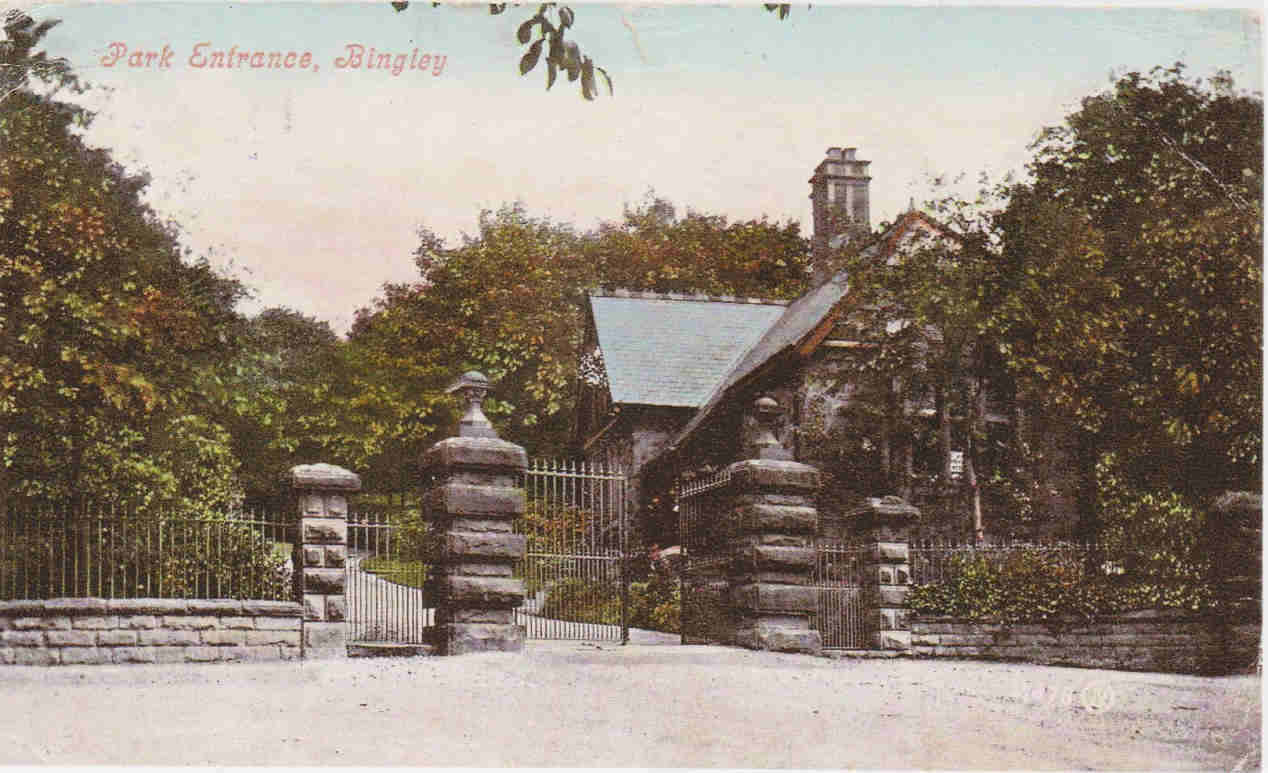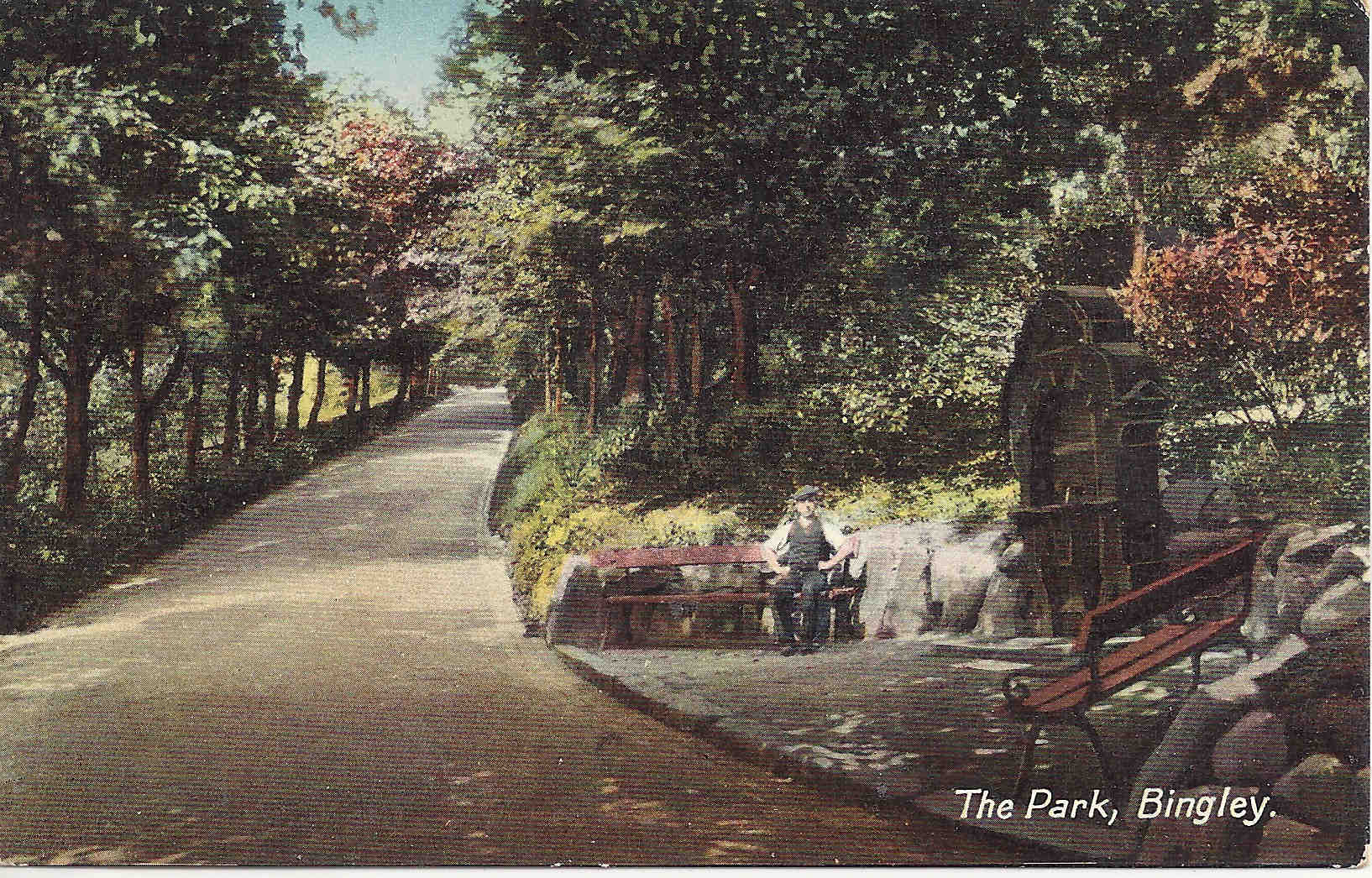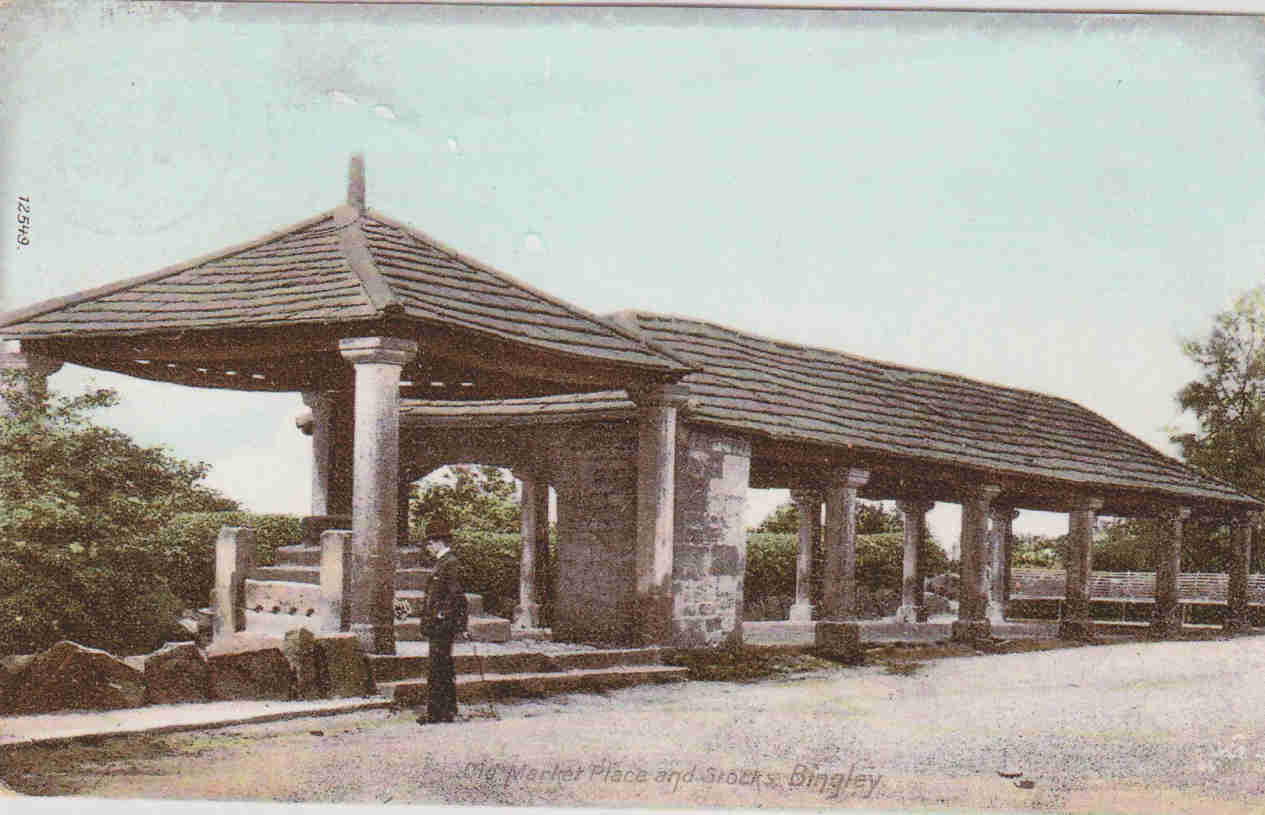The Prince of Wales Park
A community built park of special historic interest to Bingley
The Prince of Wales Park, located just outside the town on the road to Eldwick, is listed by English Heritage on its National Register of Historic Parks and Gardens because of its special historic interest. The story of its creation demonstrates the creativity and collective spirit that was already thriving in our local community in the 19th Century.
A hundred and fifty years ago the population of Bingley, living and working in the smoke filled valley bottom, had nowhere to go for fresh air and recreation. The idea of a public park open to all classes of people became hugely popular, and once the first piece of land had been earmarked by the Enclosures Act, the mill-workers poured in all the money they could spare to raise the funds to buy the remaining plots.
The area consisted of the most difficult terrain possible for a park. It was on a steep hillside riddled with underground streams and containing several disused quarries scarring the landscape with open cliff faces. Much of it was open moorland. (If you want to try to imagine how the terrain looked at that time, look across the road from the park to Gilstead Moor, which has similar features to this day.)
However, the labourers, many of them volunteers, were not at all disheartened by these difficulties. On the contrary, they worked out how they could exploit them in the most creative ways possible, and in doing so they conjured up a wonderful design which had something for all ages. The hillside offered panoramic views of the valley, so they laid out gently sloping paths to criss-cross and lead the visitor from one vista to another. They edged the paths with stone drainage channels, leading the surface water into brick lined drains that are largely intact to this day.
The old quarry furnished plenty of stone and stoneworkers sculpted seats and showcased the fossil remnants of prehistoric trees among the wall tops. Dressed stone was used for an imposing main entrance gate and many of the flights of steps. The quarry floor itself was levelled and its smooth stony base provided a perfect arena for children’s ballgames and community gatherings. (This is where the ancient market place and butter-cross was located for almost a hundred years.)
The top of the park gave the best long distance views north and west miles across the valley, and was transformed into a spacious area of heather and bilberries fringed with climbing trees - oak the for children and Scots pine for the squirrels! Thousands of shrubs and trees were planted across the park, giving colour and interest throughout the seasons. In all it took two years to complete and was opened in 1865.
The park has retained much of its beauty and variety of scenery and woodland charm, though since the 1990s it has it fallen victim to council spending cuts, when toilets and shelters were demolished and woodland and tree management reduced to a minimum. However, the park now has an active Friends group which is working on a long term aim to restore the whole park to its former glory as a historic park offering pleasant recreation to all sections of the community, as its creators intended. (For further details please see the ‘Friends of Prince of Wales Park’ page on Facebook.)
To see the full details of the English Heritage listing for the Prince of Wales Park please visit: the English Heritage site
To see the entry for the Prince of Wales Park in the Register of Parks and Gardens of Special Historic Interest please click on : this copy of the document


